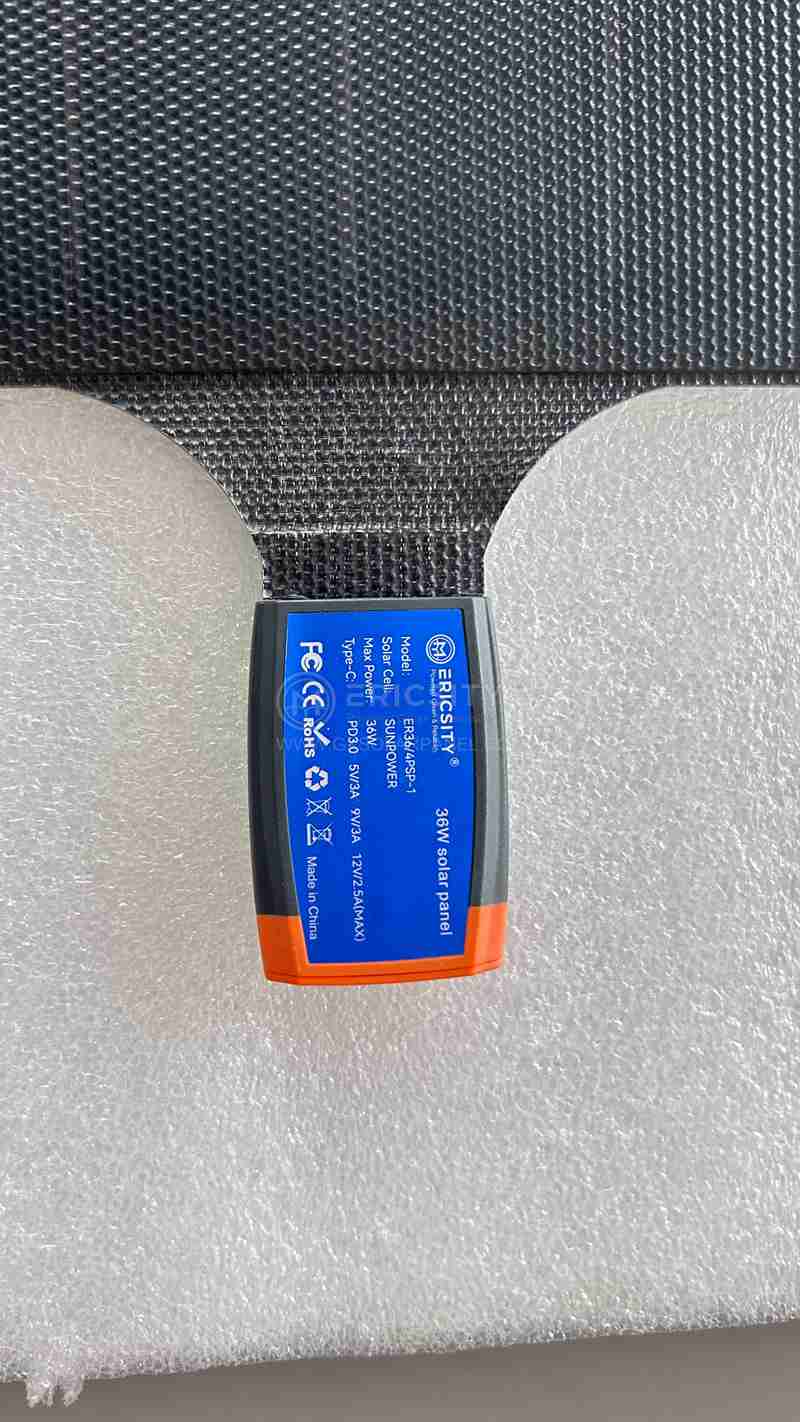HOT PRODUCT
Product Details
From Sheets To Watts: How Solar Panel Sheets Are Integrated Into Systems
From Sheets to Watts: How Solar Panel Sheets Are Integrated into Systems
Solar energy has emerged as a clean and sustainable alternative to conventional sources of electricity. Over the years, technological advancements have revolutionized solar panel systems, making them more efficient, affordable, and versatile. One such innovation is the development of solar panel sheets, which can be seamlessly integrated into various applications. These flexible and lightweight sheets have opened up a world of possibilities for harnessing solar power. In this article, we will explore how solar panel sheets are integrated into systems.
Solar panel sheets, also known as solar veneers or solar skins, are thin and flexible photovoltaic (PV) modules that can convert sunlight into electricity. They are typically made using lightweight and durable materials such as polymers or amorphous silicon. Unlike traditional solar panels, which are rigid and bulky, solar panel sheets can be easily customized, allowing for seamless integration into different surfaces.

One popular application of solar panel sheets is their integration into building structures. Known as building-integrated photovoltaics (BIPV), this approach combines the functionality of solar panels with the aesthetics of the building. Solar panel sheets can be integrated into the roof, facade, or windows of a building, effectively turning it into a clean energy generator. By seamlessly blending into the building’s design, these solar sheets eliminate the need for separate solar panel installations, making them more visually appealing and cost-effective.


In addition to buildings, solar panel sheets can be integrated into various outdoor structures, such as bus stops, carports, or park benches. These structures, with solar veneers embedded into their surfaces, can generate electricity while providing shade or shelter to people. This integration ensures that solar energy is harnessed efficiently, even in spaces with limited available land area.
Another exciting application of solar panel sheets is their integration into consumer electronics. With the increasing demand for portable and sustainable gadgets, solar sheets can be incorporated into products such as backpacks, phone cases, or even wearable technology. These products offer the convenience of charging on the go, utilizing the sun’s energy to power devices without the need for conventional electrical outlets.
Transportation has also witnessed the integration of solar panel sheets into systems. Electric vehicles (EVs) can be equipped with these flexible solar modules on their roofs or hoods, allowing for additional power generation to support the vehicle’s onboard systems or even charge the battery. This integration reduces reliance on external charging stations and extends the driving range of EVs, contributing to a more sustainable and efficient transportation sector.
Furthermore, agricultural sectors have started integrating solar panel sheets into farming practices. Greenhouses, for example, can be fitted with transparent solar veneers on their roofs, enabling crop cultivation while simultaneously generating electricity. This integration optimizes land utilization and promotes eco-friendly farming practices.
It is worth noting that integrating solar panel sheets into systems involves more than just placing them on a surface. Often, advanced mounting systems, electrical connections, and control mechanisms are essential to ensure optimal performance, safety, and reliability. These systems must be designed and engineered to withstand environmental conditions, maximize sun exposure, and efficiently transmit the generated electricity.
In conclusion, solar panel sheets have revolutionized the way solar energy can be harnessed and integrated into various systems. With their lightweight, flexible, and customizable nature, these innovative sheets can seamlessly blend with buildings, outdoor structures, consumer electronics, transportation, and agriculture. As technology continues to evolve, we can expect further advancements in the integration of solar panel sheets, paving the way for a greener and more sustainable future powered by the sun.




